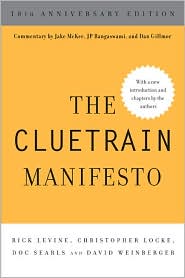August 2, 2012
Three vendors and/or products to love: Computer parts, music, electric toothbrush
I wanted to replace the smashed screen of a white MacBook, and found what seemed like a very good price from Wegener. The new screen arrived very quickly, and was exactly as described. But when I started to strip down the MacBook, I discovered I had ordered the wrong screen. It’s surprisingly easy to do.
So, I sent an email to Wegener and quickly got a reply, followed by a phone call. The support person said they are happy to send me the right screen, for which I have to pay a little more because it’s a more expensive part. They’re sending it even before I return the old one. So far, the experience has been terrific: Quick responses, friendly people, good return policy.
Then they told me that in the carton for the replacement part I’ll find a postage paid mailing label. I reminded them that the problem was entirely my fault, and thus there’s no reason for them to pay for shipping. Yikes, that’s some good customer service! (I went ahead and returned the first screen on my own dime.)
It’s amazing how powerful an experience it is to be treated like a human being by a business.
HumbleBundle is a fantastic way to sell indie games and music. You name your own price, you can divvy it up among the creators and among charities, and today I got a message that they’ve added more songs for free for anyone who purchased the most recent bundle.
Yo, Humbles, I already bought the product. You don’t have to entice me any more. On the other hand: You’ve made me love you even more, and you’ve helped some musicians spread their music just a little wider.
I thought it had been 6 months since my last dental check up. Since I now routinely multiply any past intervals by two, I figured, correctly, that it’s really been a year. Usually, the hygienist has to put on waders and go at me with a pickaxe and a trowel. This was the first time in my life that a dental hygienist has marveled at my teeth. Gums are strong. No tartar, except for a little around a couple of teeth. Some healing of a couple of “pockets.”
There’s been one major variable that I know of: I switched from a Braun electric toothbrush to a Philips SoniCare.Why? Because the Internet told me to. I believe that the correlation is not accidental (see what I did there?), but of course it is just one data point.








